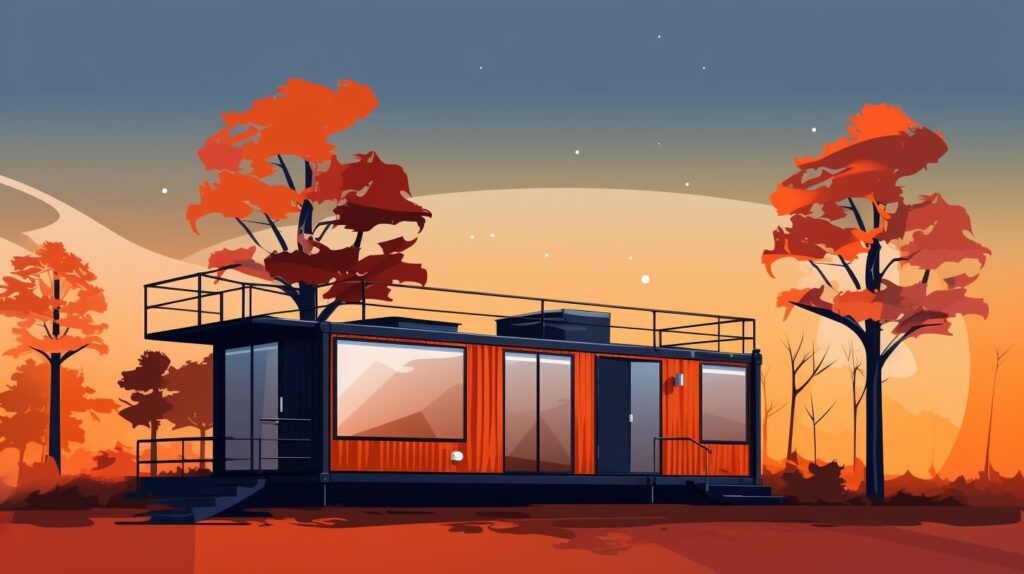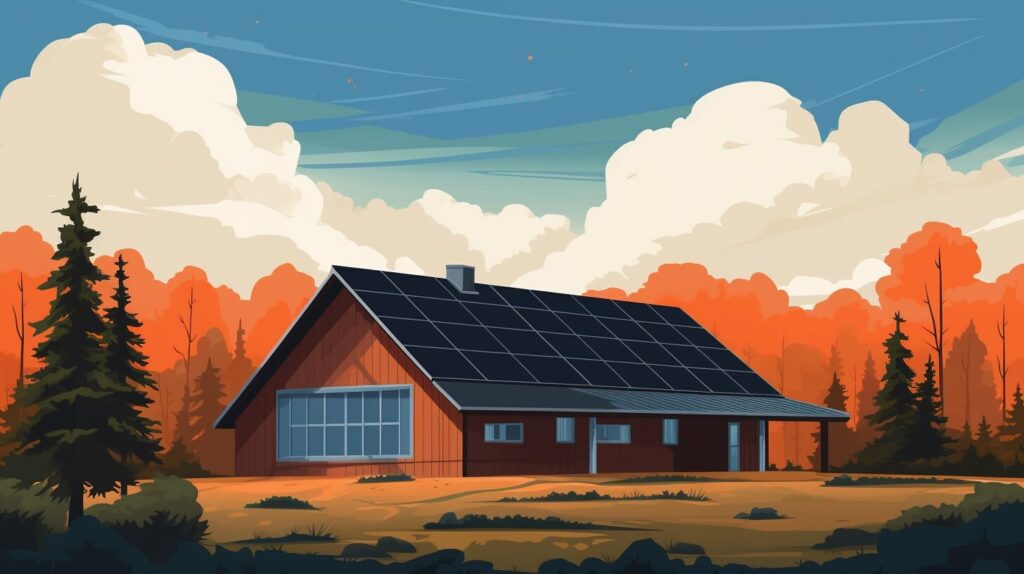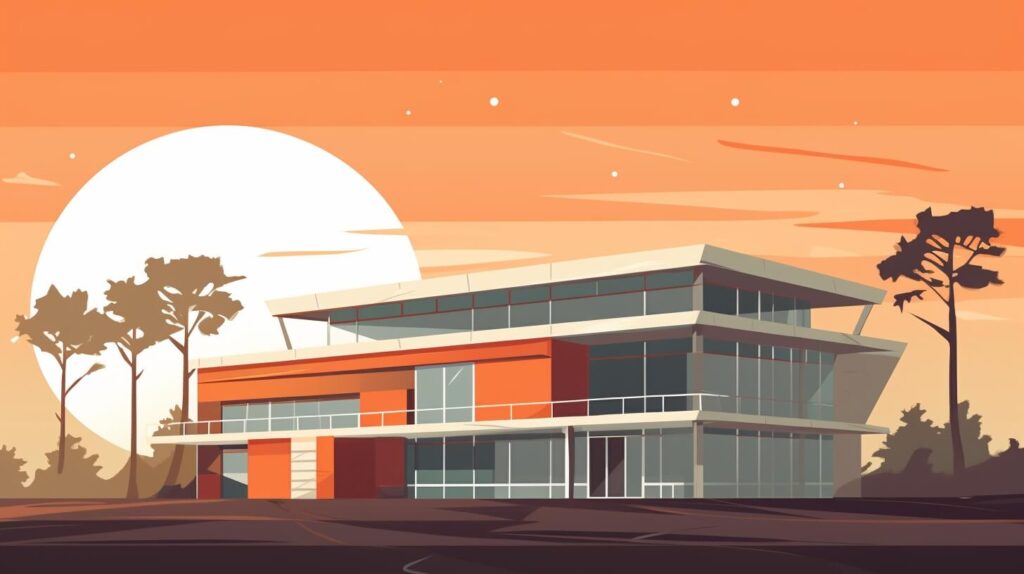Understanding the Drivers Behind Sustainable Building Material Trends in Commercial Real Estate
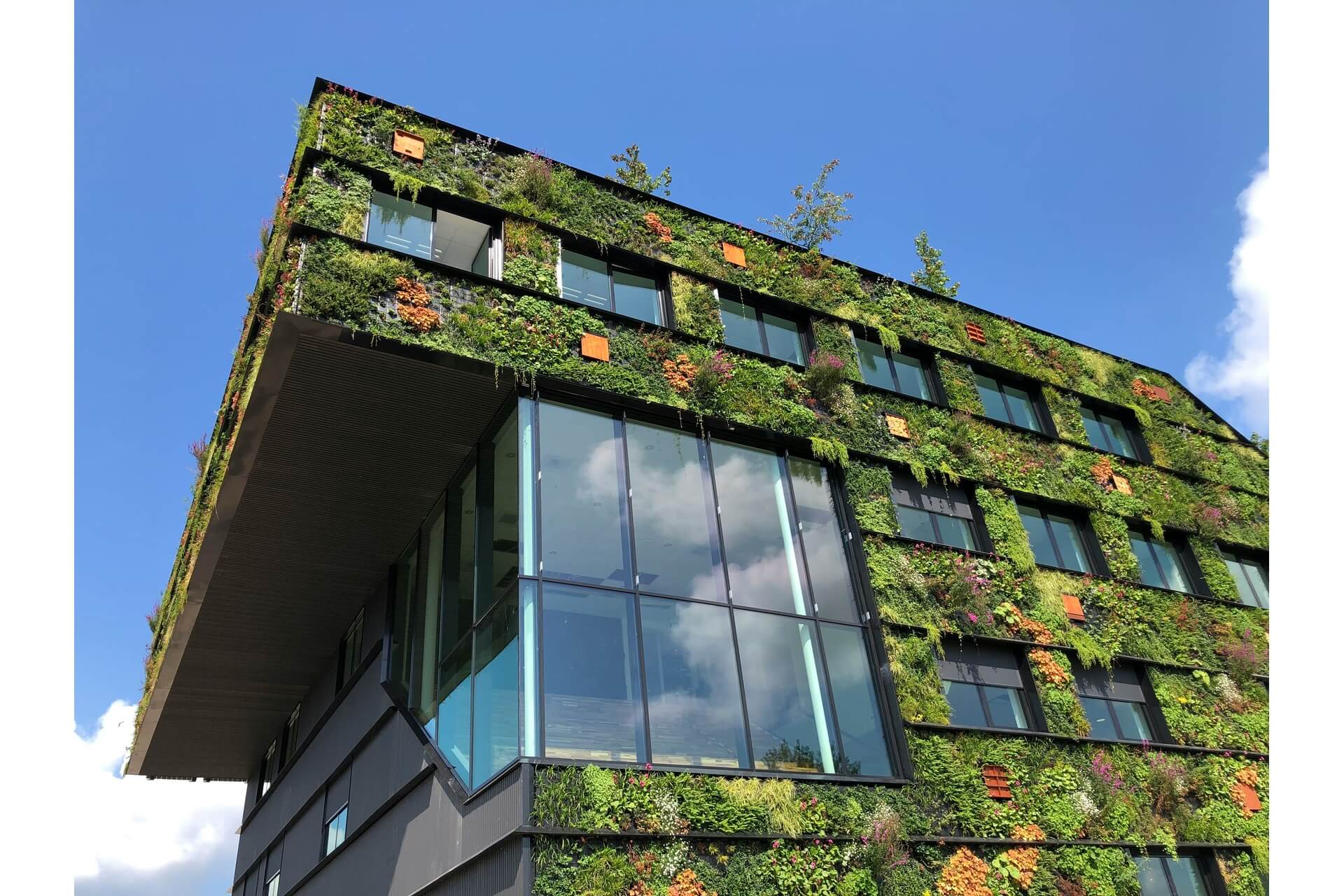
We are reader-supported. When you buy through links on our site, we may earn an affiliate commission.
More players in commercial real estate (CRE) are choosing sustainable building materials over reinforced concrete. The fusion of concrete’s compressed strength and structural steel’s tensile strength has been a winning formula for building strong, durable, flexible, fire-resistant, low-maintenance and economical structures. However, reinforced concrete has high embodied carbon — a huge no-no in the age of environmental responsibility.
Still, CRE interests are transitioning to green construction not just because it’s the moral thing to do. They’re exploring more eco-friendly alternatives, such as bamboo, mass timber, Hempcrete, rammed earth and straw bale, because it’s also sensible in today’s business climate and the future it’s heading into due to these four factors.
1. Environmental, Social and Governance (ESG)
Commercial property owners and developers have woken up to the importance of ESG to attract capital. Real estate investors playing the long game are particular about green buildings because they consider assets linked to high greenhouse gas emissions incredibly risky.
Stringent emission regulations will cause carbon-intensive properties to lose their value before reaching the end of their expected economic life. No green-minded investor would park their capital on real estate assets bound to become liabilities due to noncompliance before they generate handsome returns.
Discerning CRE developers have noticed that the writing is on the wall for ungreen structures. If you’re planning a new construction project or modernizing an existing one, prioritize sustainable real estate development — which low-carbon and renewable materials underpin.
Focusing on minimizing the project’s short- and long-term impact on immediate ecosystems and local communities should steer you in the right direction. Such a mindset allows you to effortlessly live up to the standards of socially conscious investors and stay on the good side of environmental regulators.
2. Climate Resilience
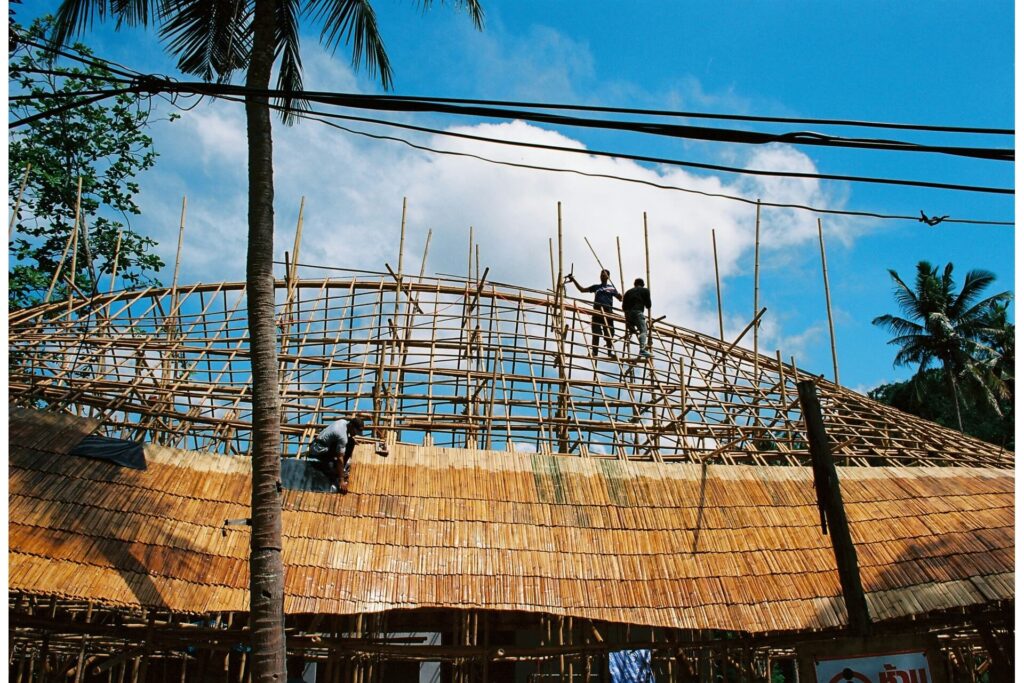
The frightening effects of climate change are a cloud hanging over CRE players. Climate risk is real — and the unprepared will pay the consequences before experiencing a natural disaster.
Fewer businesses are more afraid of climate change than commercial property insurance carriers. Climate-unready are highly susceptible to severe damage due to intensifying weather events.
The more actuaries understand climate science, the more convinced insurers are that claims will likely be more frequent and payouts will balloon from here on out. Naturally, they would impose acute premium hikes to offset the heightened risk they have to absorb due to climate change.
However, some may choose to be more selective about corporate clients. In the worst-case scenario, commercial property insurance carriers flee places known to bear the brunt of catastrophes. An exodus of insurers from high-risk areas to safer regions will cause an imbalance between supply and demand, which may drive up rates even further or pressure the authorities to fill the void.
The ongoing insurance crisis in Florida is an excellent case in point. From 2021 to 2023, nine property and casualty insurers in the Hurricane State declared insolvency, prompting others to voluntarily say sayonara due to the market’s uninspiring financial performance.
Insurability is one of the underrated benefits of green buildings. Nothing will persuade commercial property insurers not to charge more. However, you can make a compelling argument for discounts if you demonstrate meaningful efforts to mitigate your assets’ climate risk.
Climate resilience is a tenet of sustainable building design. Ethical construction material sourcing enables you to prepare for the worst without adding fuel to the fire that has supercharged global warming.
Adopting low-carbon and renewable materials is a shining example of climate change adaptation. Few green building trends are more impactful than circularity.
3. Government Incentives
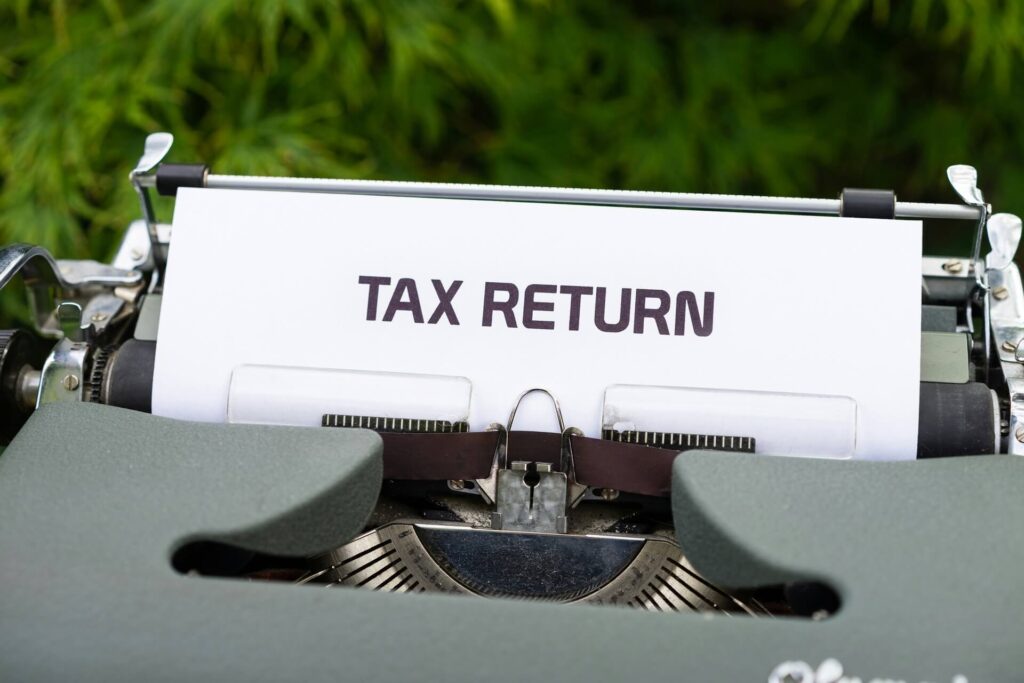
Policymakers know that access to capital is crucial to realizing ambitious climate goals. Thankfully, federal, state and municipal governments are willing to make concessions to spur and help fund sustainable real estate development initiatives.
The authorities encourage manufacturers to generate environmental product declarations (EPDs) to access the embodied carbon data of construction supplies. However, despite the concerted efforts of cities like Washington D.C., these transparency reports aren’t universally mandatory yet.
To bridge the knowledge gap, they require green certifications — like Leadership in Energy and Environmental Design (LEED) — to qualify those deserving of incentives, such as grants, tax credits and density bonuses.
For example, New Mexico has updated its tax credit scheme and increased the cap for new commercial construction projects to $1 million per calendar year since 2022. To qualify for the incentive, your project must meet a LEED certification, which emphasizes using sustainable building materials.
4. Rent Premium

Farsighted commercial property owners and developers know that scarcity is another significant benefit of owning a green building. Environmentally conscious tenants don’t mind paying above the market to lease space aligned with their ESG goals.
In the United States, 75% of the demand for low-carbon corporate space in at least eight major American cities is unmet. Due to low competition, green-certified, class A office landlords in North America are able to charge an average rent premium of 7.1%.
Although interest in sustainable building design is at its peak, most of North America will remain a landlord’s market in the foreseeable future. The stars must align — accessible financing, favorable regulation, affordable low-carbon and renewable materials and low-cost labor — to bolster the existing green office stock sooner rather than later. Expect rent premiums to rise further before they fall.
Reap the Benefits of Sustainable Building Materials
Green building material sourcing is not a fad — it’s the new gold standard for construction. Admittedly, options with low embodied carbon can be more expensive than reinforced concrete. However, they’re worth the investment to avoid being stuck with stranded assets, withstand climate change’s adverse effects, leverage government incentives and rake in considerable rent premiums.


